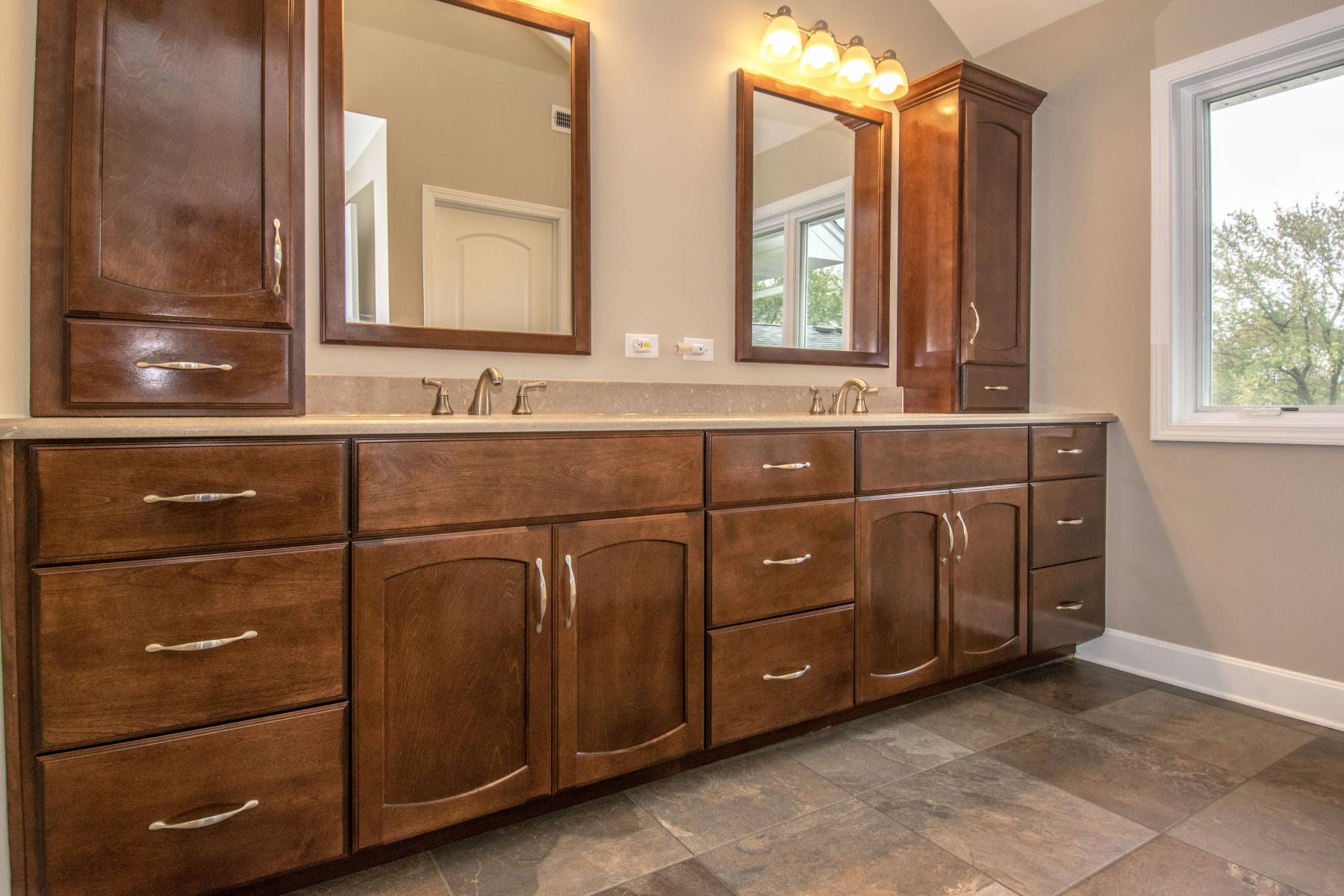Mixing wood tones can add character to your home, and can be a great design element for creating a unique space.
Learn more about mixing wood tones and gain an understanding of how to mix wood tones to successfully create that eclectic look you strive for.
How to Mix Wood Tones
Learning how to mix wood tones can be a challenge, and colors and finishes can clash without careful thought and some essential design knowledge. Follow the simple tips below for guidance when mixing wood tones for the first time, or the fiftieth!

Wood can look stunning in any setting
Choose a Single Dominant Wood Tone
The first step when learning how to mix wood tones is to choose a dominant wood tone for your space. Your dominant wood tone should either be that of your wooden flooring, or the largest item of wooden furniture in the room. If you’re designing an empty space from scratch and want wood to lead the way, decide on which kind of wood you’d like to dominate, and choose flooring or your most prominent furniture piece in your preferred wood tone.
Pick Two or Three Woods to Complement
Mixing wood tones can be wonderful, but the best way to create a successfully unique yet cohesive look is to stick to two or three favorite woods, in addition to your chosen dominant wood tone. Similar guidelines apply when mixing metals.
Stay Warm or Keep Cool
To ensure your woods “match” without matching, determine whether your chosen dominant wood is a cool or warm tone. Golden colors are considered warm, while ashy tones are considered cool. If your dominant wood is warm, choose other warm woods to complement it. If your dominant wood is cool, complement it with other cool wooden tones. Don’t forget that tone will help define the mood of your room when mixing wood tones.
Yellow or red undertones are a sign of a warmer wood. Woods that are warm in tone include cherry and mahogany. Woods with an ashy, gray tone to them, such as ash, pine or maple, are cooler woods.
Eye-Catching Contrast
Now you’ve learnt to choose either cool or warm woods when mixing wood tones – but within your cool or warm spectrum, contrast is key. Perhaps a light ash desk will look perfect in a room with a dark maple cabinet. Both with cool undertones, they work together yet look strikingly different.
Another way to add contrast when mixing wood tones is to choose a mix of old and new furniture. Furniture from various periods can bring elegance and character to your home, and cohesiveness can be maintained through the cool or warm tone of the wood.
Stick to Similar Grains
Another way to keep your woods cohesive while mixing wood tones and creating the contrast you desire is to stick to similar wood grains. Small wood grains often denote delicacy, precision and elegance. Larger grains are often chosen to create a more natural, casual look – perfect for a sturdy, rugged, farmhouse kitchen.
To refine your elegant, eclectic style further and add more color and texture to your home, take a look at our blog post on Mixing Metals. For more home décor tips, personalized design advice and full remodeling services contact Reliable Home Improvement. With your health in mind, we now offer remote remodeling appointments. We look forward to helping you meet your remodeling goals!
